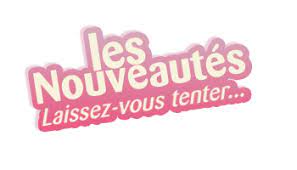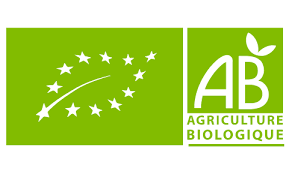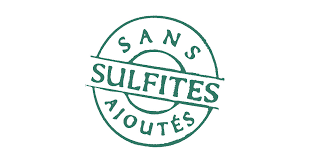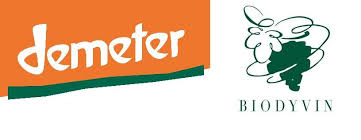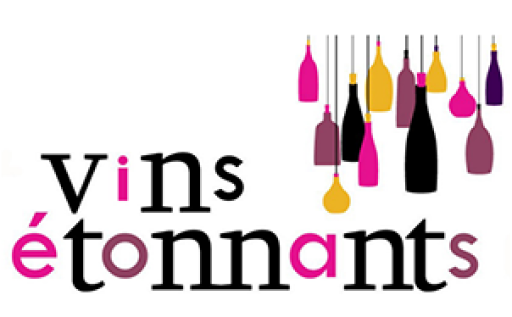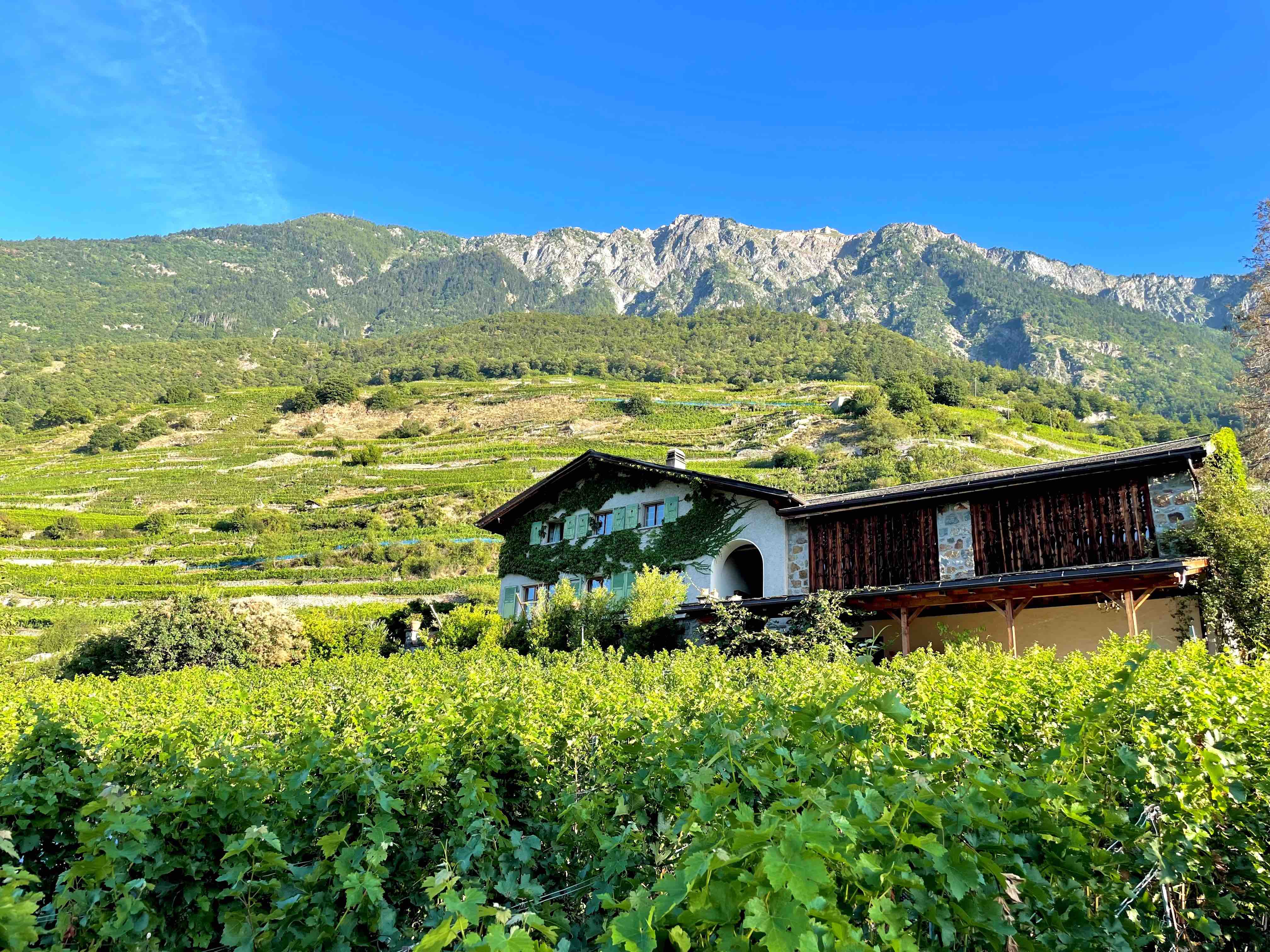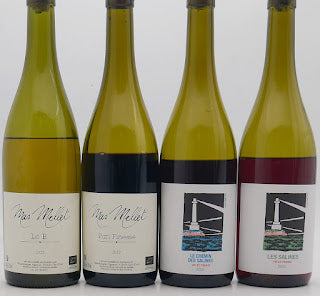Livraison à partir de 9.50€ pour la France !
Franco à 250€ de commande pour le France continentale et la Belgique.
Denois Jean-Louis
Location : Roquetaillade (Aude)Vineyard: 36 ha in organic farming


"All those who are passionate about the world of wine sooner or later heard of Jean Louis Denois and the Eagle estate ideally located in Roquetaillade, in the most northern sector of the Limoux terroir.
In 2001, this exiled winemaker, originally from the Marne, gave way of the domain to the Maison Antonin Rodet.
A man of challenge and passion, Jean Louis Denois has now decided to limit himself to a modest production in volume and very high in quality. »(Wines and dishes - March 2004)
"Pioneer of Pinot Noir, Denois is known thanks to the Eagle domain, which he created in the Limoux appellation, and which has since been acquired by Gérard Bertrand. Non -conformist, Denois provoked when he challenged the decrees of the time by experimenting with riesling and gewurztraminer, now approved. "I am looking for the origin of this text" This nonconformist, innovative and always curious, which sails outside the marked paths, was the pioneer in Languedoc of the Pinot Noir grape and the great white wines from Chardonnay in Limoux, but also gewurztraminer and Riesling, first of all prohibited, condemned to uprooting, then finally authorized today ... "
(Vin & Cie, L’Espace de Liberté www.berthomeau.com)
"The Maison Denois now has a small vineyard on a human and family scale, located around the picturesque village of Roquetaillade, at the foot of the Pyrenees, at the southwest end of Languedoc. There, the Atlantic type climate and the altitude - up to 400 m - bring a freshness welcome to the vines ... "
(1000 wines from the world)
"Like his wines, Jean Louis Denois has character ..."
(The Hachette of Wine Guide)
"Visionary and clearing, Jean Louis Denois introduced, among others, Chardonnay and Pinot Noir in Limoux. His flagship cuvée that he has been developing for 35 years is the extra brut tradition made with exclusively organic grapes of Chardonnay, Pinot Noir and Chenin completed with old reserve wines. It is certainly one of the best cremants in Limoux, one of the few who can replace a large champagne. »»
(3 stars winter 2020)
"Jean Louis Denois uses and claims natural methods, he explains that it is now possible to develop wines without any sulfites, serious and clear, pure and limpid, fruity, attractive and stabilized by soft, physical and physical methods natural. »»
(David Cobold article Thank you Mr. Denois Les5dvin.wordpress May2020)
"A wonderful craftsman"
(Marie Louise Banyols, les5din.wordpress May 2020)
“The 6 wines, including three bubbles and three quiet wines, were all frank and pure by their flavors, and even bright precision. »»
(David Cobold article thank you Mr. Denois)
“Champenois, fine taster, Jean-Louis Denois is an iconoclast, a sometimes caustic, often inspired troublemaker. He first was talked about at the Eagle Domaine, sold to Gérard Bertrand. Attached to the terroir of Roquetaillade, he has the culture of great wines and of course effervescent. He knows that the guard is the real justice of the peace and is not afraid to subject his production to it ... He has reached a degree of freedom and transparency of the fruit which makes these wines for the young generation. »»
(La Revue des Vins de France February 2018)
"Very great success, at the height of a master of the genre, Jean Louis Denois, whose requirement and expertise take the very high Crémant"
(Terre de Vins November/December 2018)
"Another example, given by a true artist and creator of effervescent wines, Jean Louis Denois ..."
(Florent Leclercq les5duvin.wordpress.com May 2020)
"As well known for his rants, as for his bubbles, Jean Louis Denois claims the mastery of organic wine without sulfite and without yeast added, but above all without defect ... The most Champenois of Limouxins gives a singular imprint to his bubbles: small, Fine, spicy, but creamy, in an abundant, but quickly melting foam. A radical character that can be attributed to the trilogy: winemaker, terroir and wine sciences. »»
(les5duvin.wordpress.com Essay to define the palpate of bubbles by Nadine Franjus)
What does the name organize mean?
This can be so diverse depending on the personality of their sire, that it is easier to define what it is not. An author wine is anything but a standard, stereotypical wine, made to please as many people as possible. It is therefore rarely produced in millions of copies, copying itself from vintage in vintage.
An author wine is therefore a wine that does not look like that of the neighbor. Which from year to year will evolve according to the vagaries of the weather and the mood of the author - the two that can be linked. Because the author does not rely on market studies to carry out his boat. He makes his wine as he feels, as he likes, as he can, sometimes ... and too bad if he does not please everyone.
This is why author wines are sometimes classified as "table wine" or "France wine". Because the winemaker did not plan the authorized grape variety*, makes the assembly or vinification recommended in the name **. He is often a bit rebellious, our author. But that is why we like it! ... That said, author's wines are not systematically marginal: they are present in most of the appellations, and can be part of the elite of these this***. Because they are not content to have personality: they are good, in addition! With in general aDegree of TorchabilityVery high: we never tire of it at the end of the first sip.
As author's wines are not chaptalized, levied, hacked ... They can have very different profiles depending on the vintage. It is up to us (resellers and consumers) to accept them as they are, and to remain faithful to the producers, because they need us to continue their activity.
______________________________
* For example, theTouriga Nacionalin the Minervois, or theSyrahIn Forez ribs. They are crazy, these authors!
** Some winegrowers dare to produceSweety with Mourvèdre or oneNatural sparkling with Pineau d'Aunis
*** Like those of Jean-François Ganevat in the Jura or Zind-Humbercht in Alsace

